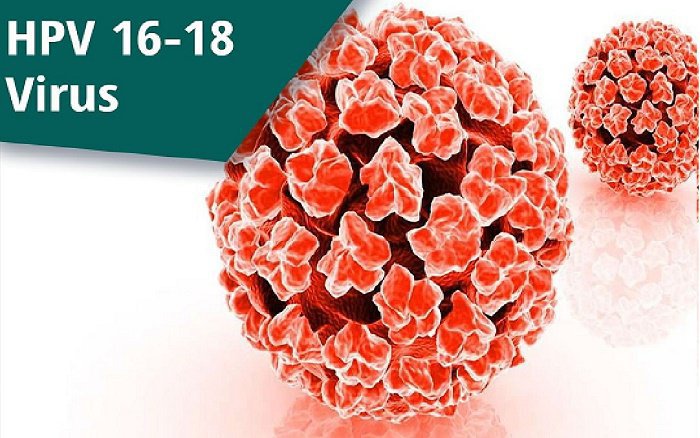Surgical removal, curettage of warts on the skin
Surgical removal of warts on the skin can be done simply with a scalpel, scissors or curettage. This indication is usually performed in an outpatient operating room and is reserved for difficult-to-treat medical cases or widespread skin warts. Individual skin warts are removed with a knife after regional anesthesia, and the specimen is sent for microscopic analysis.
1. Overview of surgery to remove warts on the skin
Genital warts or warts can be seen on the penis, vagina or around the anus. The lesions are removed by surgical removal of the wart on the skin (scalpel cutting). However, if the warts are on the cervix, they can be removed with laser or electrocautery.
Surgical removal of warts on the skin is usually done in a clinic or outpatient surgery center. In most cases, the patient does not need special preparation, including fasting. On the appointment day, after cleaning the area to be intervened, the patient is injected with an anesthetic to numb the area around the wart and conduct the procedure. Patients are usually able to go home the same day.
2. Things to know about surgical removal of warts on the skin
In some cases, doctors can make a large cut to remove precancerous lesions, especially if you have genital warts. For this procedure, the woman will need to remove the wart growth along with an outline of healthy tissue to make sure all precancerous cells have been removed. Your doctor may choose to perform laser surgery, where a laser is usually used to remove lesions or abnormal cells in the vagina.
After the surgery is over, the tissue sample will be sent for pathology. If there are more healthy cells than abnormal cells (low-grade dysplasia), your doctor may recommend observation. Certain types of human papillomavirus (HPV) can cause dysplasia of cells in the lining of the genitals, such as the vagina. If the body is healthy enough to fight the infection, the changes in genital warts may go away on their own.
To monitor changes in vaginal cells, you may need to see your doctor every six months with a colposcopy to evaluate if the genital warts lesions recur. . Furthermore, it also helps the doctor determine if dysplasia is still present after the wart removal surgery.

Phẫu thuật cắt bỏ sùi mào gà trên da có thể thực hiện đơn giản bằng dao mổ, kéo hoặc nạo.
3. Care after removing warts on the skin
Recovery time depends on the location and number of warts removed. Most people should be able to return to normal activities within 1 to 3 days. The healing process takes 2 to 4 weeks.
Occasionally, the patient may experience slight bleeding at the site of the wart removal on the skin and feel discomfort afterward, but this will quickly subside with treatment with medication prescribed by the doctor to take at home. In some cases, the wart removal site will heal scars, less aesthetic.
If the vaginal warts are treated, the woman may have light bleeding or vaginal discharge for the next few days, which is normal.
For men and women who have had genital warts removed, call your doctor if you have any of the following:
Bleeding that lasts more than 1 week Persistent fever or fever Intermittent severe pain A foul-smelling or yellowish discharge, which could be a sign of an infection Avoid sex until the treated area is healed and the pain is gone (usually 1 to 3 weeks, depending on size) treatment area).
Another thing to keep in mind is that treating genital warts may not cure human papillomavirus (HPV) infection. The virus can remain in the body in a dormant state after the lesion has been removed. A person treated for genital warts can still be contagious. At this point, condoms can help reduce the risk of HPV infection.
4. Potential side effects when removing warts on the skin
There are some risks and side effects with surgical removal of warts on the skin as well as vaginal lesions, including:
The possibility of infection in the cut so patients are usually given antibiotics at the site. timing of the procedure, to reduce the risk of infection. Damage to a vein or artery that causes severe bleeding. Genital warts on the skin recur at the original lesion site. Chronic pain or scarring. In summary, genital warts should be quickly decided to intervene as soon as possible, especially in the genital area to minimize the risk of malignant transformation. Surgical removal of warts on the skin is done if medications don't work or the damage has spread.
Để đặt lịch khám tại viện, Quý khách vui lòng bấm số HOTLINE hoặc đặt lịch trực tiếp TẠI ĐÂY. Tải và đặt lịch khám tự động trên ứng dụng MyVinmec để quản lý, theo dõi lịch và đặt hẹn mọi lúc mọi nơi ngay trên ứng dụng.
Bài viết này được viết cho người đọc tại Sài Gòn, Hà Nội, Hồ Chí Minh, Phú Quốc, Nha Trang, Hạ Long, Hải Phòng, Đà Nẵng.






